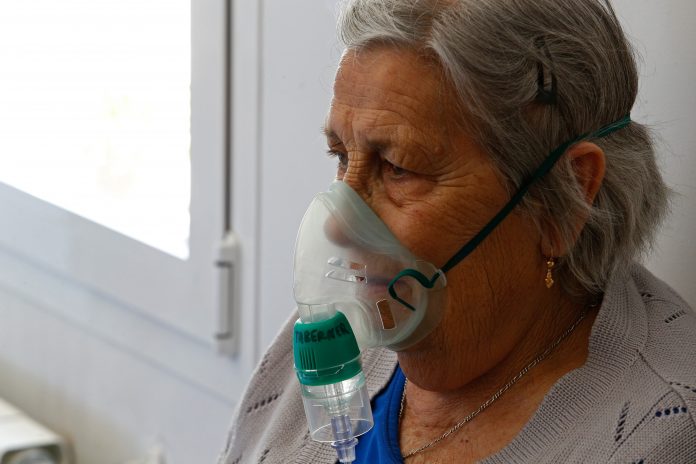A promising idea for lung cancer treatment has been developed by researchers at Lund University
The treatment combines a novel surgical approach with smart nanoparticles to specifically target lung tumours.
The new study has been published in the July issue of Advanced Therapeutics.
The current problem with lung cancer treatment
Lung tumours are often difficult to remove using current surgical techniques due to their location in the lung or the fact that there are multiple tumours which are too small to observe. Tumours also develop natural barriers to prevent drugs and immune cells from reaching the tumour cells.
Darcy Wagner, Associate Professor and Head of the research group, said:
“Therefore, patients often receive high doses of chemotherapeutics which are circulated through the entire body and lead to major side effects in other organs. While a number of new experimental therapies have been developed for lung cancer and have shown promise in the lab, a major remaining challenge has been how to deliver the right drug specifically to these difficult to reach tumours.”
Getting drugs to hard-to-reach tumours?
Deniz Bölükbas and Darcy Wagner, researchers of the Lung Bioengineering and regeneration group, and colleagues developed a novel surgical technique which introduces the nanoparticles only into the blood vessels of the lung. The blood vessels around and in tumours are different than those in normal organs. The researchers used this difference to their benefit to direct nanoparticles to the interior of large and dense solid lung tumours.
Bölükbas and colleagues also used animal models which have a full immune system and closely resemble the types of lung tumours that patients have.
The study was led by first author Dr. Deniz Bölükbas, a postdoctoral fellow working in Wallenberg Molecular Medicine Fellow at Lund University and Associate Professor Darcy Wagner’s research group. Wagner and her team focus on designing new therapies for patients with lung disease by combining concepts from engineering, medicine, and cell biology.
Deniz Bölükbas, post-doctoral fellow and leading author of the article, explained:
“Using this technique, which we call ‘organ restricted vascular delivery’ (ORVD), we were able to see lung cancer cells with the delivered nanoparticles inside of them – something which has not been achieved previously in these types of lung cancer animal models, which closely resemble the clinical scenario.”
Nanoparticles that release drugs on cue
As an extra level of specificity, the nanoparticles were engineered to only release their drug content upon a specific cue which is present in the tumour area. This reduces the risk that the drugs contained within the nanoparticle will cause damage in healthy lung cells and could allow for higher amounts of toxic drugs to be used to increase the number of tumour cells killed, without causing unwanted side effects.
Darcy Wagner commented:
“While smart nanoparticles with unique features can be engineered in various ways, systemic administration of these agents into the bloodstream often results in uncontrolled spread of the particles with only a few of them reaching the interior of solid tumours.
“This has been a global challenge hampering more wide-spread use of nanoparticle systems in the clinics.”
Bölükbas further commented:
“Direct administration of these nanoparticles into the blood vessels of the lungs allowed us to restrict the accumulation of these particles only in the lungs which eventually led to successful and selective tumour targeting.”
“The development of this new approach is a significant step forward in the field of lung cancer treatment. It is important to validate the therapeutic potential of this approach to deliver specific chemotherapeutics and to explore the feasibility of this approach in large animal models”.
“Isolated lung perfusion” but better?
ORVD of nanoparticles puts a new twist on a decades-old technique called “isolated lung perfusion” which involves direct administration of chemotherapeutic drugs into the blood vessels of the lungs. It has been demonstrated to be surgically safe in patients with lung tumours by various centres around the world, but chemotherapeutics had negative side effect on the healthy tissue neighbouring the lung tumour.
According to Wagner and Bölükbas, this surgical approach combined with the features of smart nanoparticles holds promise to overcome this previous limitation and has potential as a new treatment.











